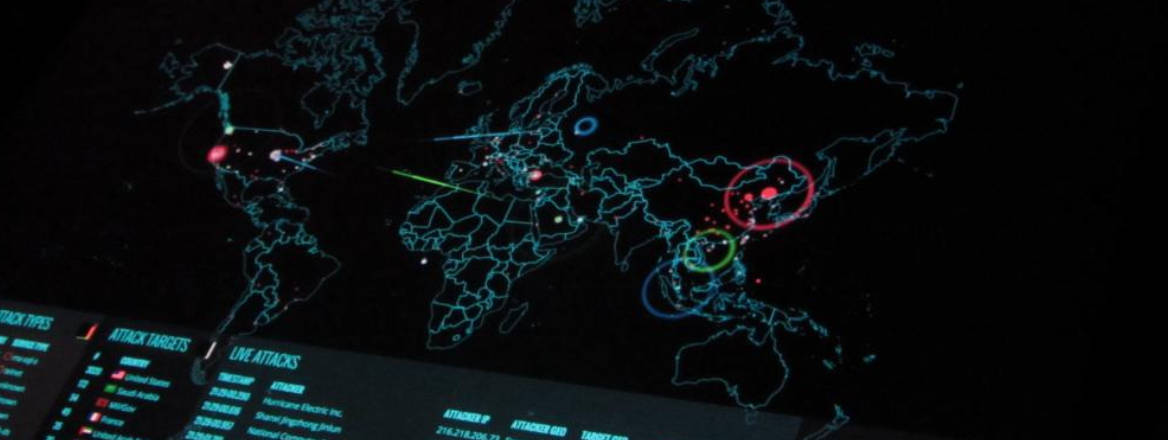Performing Information Manoeuvre Through Persistent Engagement
This Occasional Paper analyses the contemporary information domain and its consequences for the British Army.
Information has always been critical to warfare. Today, however, changes to the information domain are forcing militaries to adapt how they operate. With the boundary between peace and conflict becoming increasingly blurred, and with the collapse of the distinction between domestic and foreign affairs due to connectivity and globalisation, the British Army is now called upon to persistently compete against a diversified array of threats both above and below the threshold of warfighting.
A new concept is therefore necessary, and pertinent existing and emerging technologies such as artificial intelligence require a robust conceptual framework to guide their adoption and use. Primarily, the ever-increasing volume of data that typifies the information environment poses an insurmountable challenge to management approaches involving centralisation.
Information Manoeuvre is particularly relevant across the ‘Protect’, ‘Engage’ and ‘Constrain’ stages of the PECF framework as laid out in the Integrated Operating Concept (IOpC), as it is there that the preconditions for the ‘Fight’ are set. Information Manoeuvre is dependent upon persistent engagement to provide the human relationships and situational awareness that are vital to understanding the environment, other actors, events and trends. First and foremost, Information Manoeuvre is about people, and what they need to know to operate effectively.
This paper seeks to identify the key changes in the operating environment, and their implications for established military concepts. It has reached the following conclusions:
- Operating in the information domain equates to more than just the application of virtual fires to achieve effect. The British Army will operate in a densely connected and contested information environment. It will not be able to consistently assure its own networks, and will be reliant on plugging its C4ISTAR capabilities into civilian infrastructure, either because the civilian population is critical to the desired operational outcomes, or because the UK must operate with coalition or multinational partners with varying levels of capability. Doctrine should therefore emphasise that British forces must manoeuvre through this virtual environment.
- It is necessary to include informational aspects to schemes of manoeuvre. As information and networks cannot be assured, and because of the requirement to integrate into wider information infrastructure to send and receive data, commanders must be prepared to define and fight for the information they need, so that priorities in assurance become lines of effort. This both dictates the technical requirements of the force and necessitates the adoption of a planning cycle and battle rhythm that recognises when particular information is needed.
- Information Manoeuvre must be brought into collective training, and collective training must be conducted within a contested electromagnetic spectrum (EMS). The British Army must train with units and capabilities being denied to the force. Unlike hypothetical capabilities being brought in, which is difficult to simulate, being subject to denial and therefore having capabilities removed can be implemented immediately. Training within a contested EMS is the only way to build the desired culture and level of trust within and between units and the systems that they will depend upon.
- Defence requires a resilient and flexible bearer network that can circumvent outages and blockages and allow different elements and echelons of the force to communicate under degraded conditions. Operational communications that allow units to reach back to higher headquarters should be integrated with the tactical network, to avoid intermediate headquarters being relied on to manually mediate what data is routed and how. Users should be able to use the bearer network to access and draw upon stored data from different formations and echelons. The network must also be able to integrate into the Combined, Joint, Intra-Governmental, Inter-Agency and Multinational (CJIIM) environment, while imposing a high degree of security on specific components. Commanders must define where and when they prioritise connectivity over security, and vice versa.
- Information Manoeuvre requires the deployment of teams who will be exposed to risk. The concept must therefore be supported by the requisite permissions and authorities. Furthermore, permissions cannot simply be held at higher echelons, since this makes the force vulnerable to decapitation or paralysis as tactical actions are pushed to operational and strategic decision-makers. The British Army must have pre-emptive permissions that enable its practitioners to employ their skills while persistently engaged.
- Judging when to apply effects is a critical output of Information Manoeuvre and is best enabled through persistent engagement. Militaries often judge the effectiveness of information activity in terms of the speed of decision-making it enables. Although speed brings advantages on the battlefield, it is not decisive. Instead, the force should prioritise applying effects with carefully judged timing to maximise their impact.
- The measurement of effects in Information Manoeuvre is complex because numerous audiences are affected. As with timing, there is a tendency for influence to be pursued relentlessly, enemy networks attacked or degraded wherever possible, and adversary narratives challenged, because these activities seem important. The Manoeuvrist Approach, however, demands that effects are delivered to achieve cognitive effect. Thus, Information Manoeuvre should consider how information activities shape an adversary system, rather than simply confronting adversary systems symmetrically.
- Effects-based assessments of operations are essential at the interface between physical and informational effects. Killing the wrong person at the wrong time can have disastrous consequences. Conversely, the discrete application of violence beneath the threshold of warfighting can send a clear and unambiguous message, which – if connected to appropriate influence activity – can have decisive cognitive effects in the service of deterrence and avoiding war.
WRITTEN BY
Nick Reynolds
Research Fellow, Land Warfare
Military Sciences


